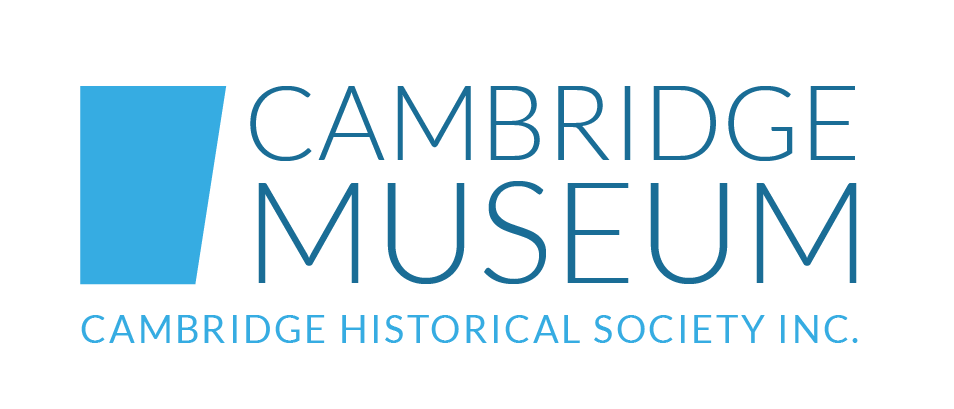Cambridge Town
Learn about the history of town and its districts, schools and roads over the years.
View moreRoads – T, U, V
T
Taane Road (Day Road) This road was developed from a track to pa Taane that was lost through fire c1924.
Gabriel Samuel Day bought land from Walker and Benn in 1888. With his wife Marion and two children he lived at Maungatautari for 35 years and together with his brother-in-law, Peter Robertson, extended the property to 630 acres. When the creamery opened in 1901, the district started to progress. Until about 1930 the track was used by courtesy of the farmers.
Tarr Road Named after William George Tarr who arrived here in 1911. Both he and his wife, Martha, are buried at the Pukerimu cemetery.
Taylor Road James Taylor bought 1700 acres at Te Miro in 1890. Just after World War One he sold the property to the Government to be cut up as a soldier settlement. James came to Cambridge in 1876 and lived at Bardowie until his death in 1938. He married Miranda Whewell in 1881 and they had seven children. He served as the first Chairman of the Co-op Dairy Co. for 14 years. James and Norman Banks were the major shareholders. James was a member of many local bodies and Bardowie the centre for many social gatherings.
Taylor Street See above.
Te Awa Road Te Awa means the river in te reo Māori. This was a basic track leading to the Waikato River and the landing at Te Whanaki.
Te Mara Drive Te Mara means the field in te reo Māori.
Tennyson Street Alfred, Lord Tennyson (1809-1892), was an English poet and Poet Laureate. He wrote In Memoriam, The Charge of the Light Brigade and The Lady of Shalott.
Thackeray Street William Makepeace Thackeray (1811-1863) was an English novelist and illustrator who wrote for British magazine Punch. He wrote the novel Vanity Fair.
Thompson Street Francis Thompson (1859–1907), was an English poet and author of posthumously published works including Essay of Shelley.
Thornton Road This road led to the 4,000-acre Maungakawa Estate bought by Daniel Bateman Thornton in 1868 from four Māori Chiefs. The land was left in the care of a manager and used mainly for grazing and fattening cattle. Before Daniel could fulfil his dream of living on Maungakawa, he died in England in 1881. His widow Sophia (nee Firth) and family returned to build a beautiful two-storeyed mansion on the property in 1890. In 1902 the property was sold to the Government for the first open air sanatorium for TB sufferers in New Zealand. During World War One the sanatorium was used for convalescing soldiers until it closed and was dismantled in 1921.
Thwaites Place Edward Thwaites (1667-1711) was an English writer and scholar of the Anglo-Saxon language. He wrote Liber Job et Evangelium Nicodemi Anglo-Saxonicae.
U
Ulmer Lane Ron Ulmer was a national champion cyclist. Ron competed in the Sydney Empire Games in 1938. He was the father of junior road cycling champion Gary Ulmer and the grandfather of Olympic cyclist Sarah Ulmer. Sarah was a New Zealand competitive cyclist. She was the first New Zealander to win an Olympic Gold Medal for cycling, setting a world record at the 2004 Olympics at Athens. She has held Olympic, Commonwealth and World Championship Pursuit titles, and the records for those events.
V
Vennell Street Charles William (Pip) Vennell (1900-1996) was a New Zealand author, journalist and historian. He came to Cambridge in 1930 as part owner and editor of The Waikato Independent. He wrote Such Things Were: The Story of Cambridge, The Brown Frontier, Men of Metal and The Queen of New Zealand and the Māori King.
Victoria Road Before May 1879 this road was known as Taupiri Road or Piako Road. On 29 May 1879, at a cost of £840, the road was opened and named Victoria Road to commemorate the 60th anniversary of Queen Victoria’s reign. By 1883, this road was becoming impassable through lack of drainage. Local businessman Thomas Wells tried to jump a seven-foot-wide hole on horseback but fell in – horse and all.
Victoria Street This street used to run from Queen Street to the Victoria Bridge. It was designed wide enough to accommodate a railway line to Rotorua, but this was taken though Morrinsville instead. In later years both Victoria Road (from Taylor Street) and Victoria Street came under the name Victoria Street.
Vogel Street Sir Julius Vogel was Premier of New Zealand from 1873 to 1875, in 1876, and from 1884 to 1887. His administration is best remembered for the issuing of bonds to fund railway construction and other public works.
Vosper Close William and Grace Vosper were prominent European newcomers within the Pukekura region of Cambridge. They farmed in Karāpiro and their home Dingley Dell is now a heritage property.
